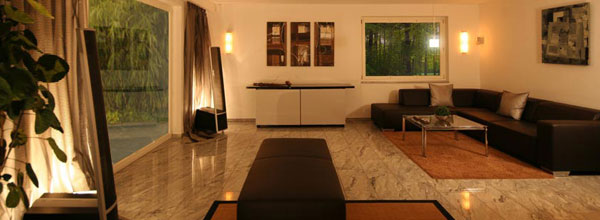In the past, if you wanted to be able to control certain lights and appliances from one location, you would have to run hundreds of feet of wire to route the power switches of each device to one location.
Using X10 modules, you don't have to do this, since the X10 House/Unit codes and commands are transmitted over your existing house wiring.
Given the fact that X10 is an open system, ie, free of rights, any manufacturer of equipment can develop compatible devices with this protocol,  the user is thus not related to any manufacturer.
the user is thus not related to any manufacturer.
Although interesting point of view the number of modules found on the market price, the X10 protocol has some drawbacks:
- No receipt for an order issued. To laughter, the "plug and play" can be replaced by "plug and pray" in some cases.
- The transmission of an order X10 is slow. It takes an average of 1 second to transmit an order.This is due to low flow available (50bps).
- The SMPS, approached in the most modern equipment, can induce disruption, or even prevent the transmission of signals X10. The filters are supposed to isolate X10 disturbing factors on the network ... but there a price increase of the installation.
- X10 signals must be filtered at the entrance or exit of a home not to travel on the surrounding facilities and vice versa
- To install X10 receivers built on existing power grid (eg wall switch), check that the neutral level also happens to switch to replace because the X10 needs the neutral flow. The ideal is to install the X10 module as a module on the DIN rail switchboard to have free choice of wall switches among all manufacturers market
- The X10 is an industry standard, not a standard. Differences therefore exist between manufacturers, which can make interoperability impossible.
Smart home everywhere !


Z-Wave and Smart Home
- Wireless
- Intercompatibility manufacturers
- Remote Control
- Easy Setup
- Transmission Security
- European frequency 868.42 MHz

Secure your home with CCTV to help keep you, your family and your home safe

All for a smart home
- Power Management
- Security and surveillance
- Presence simulation
- File sharing in Home network
- Multiroom audio system